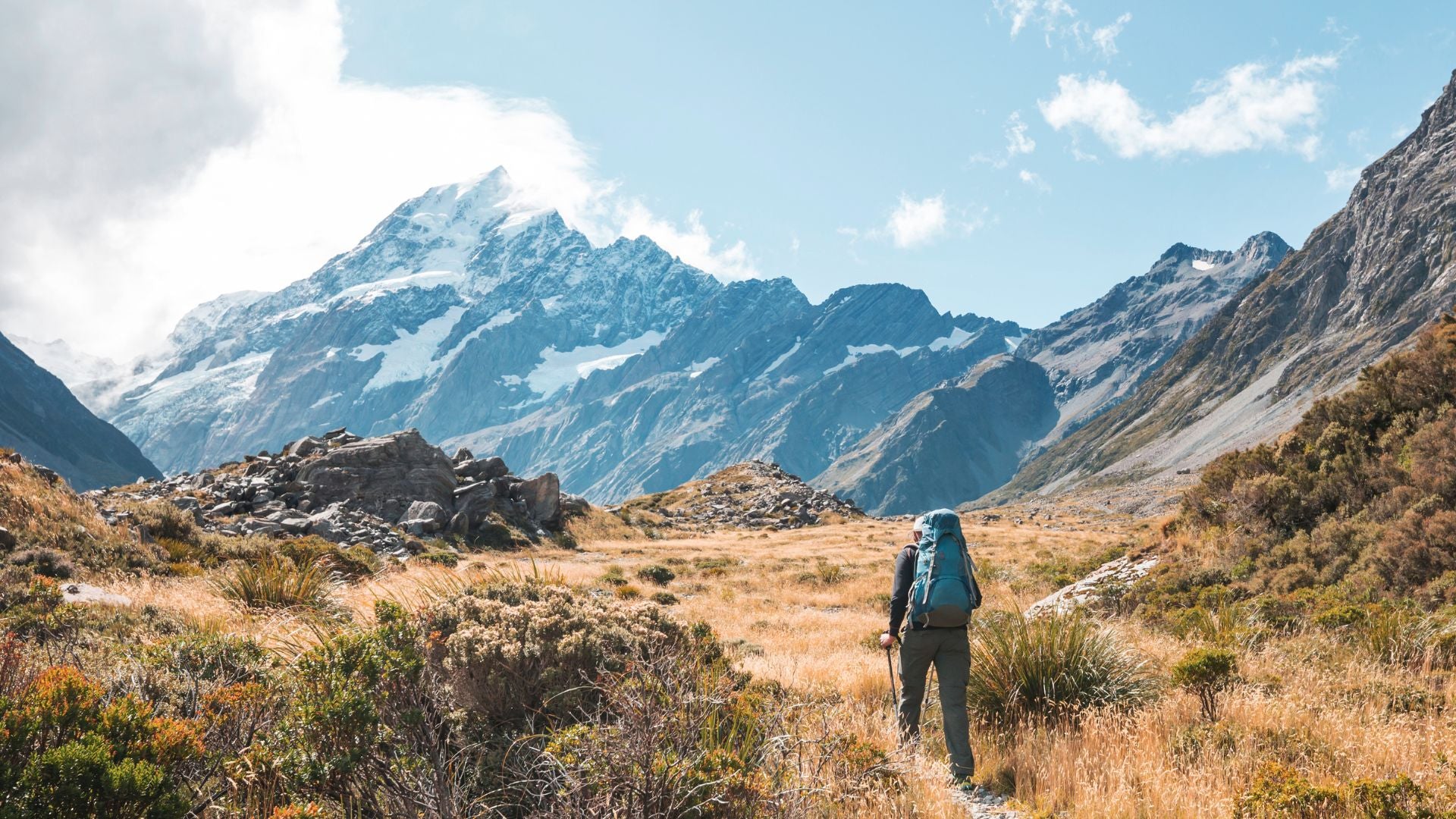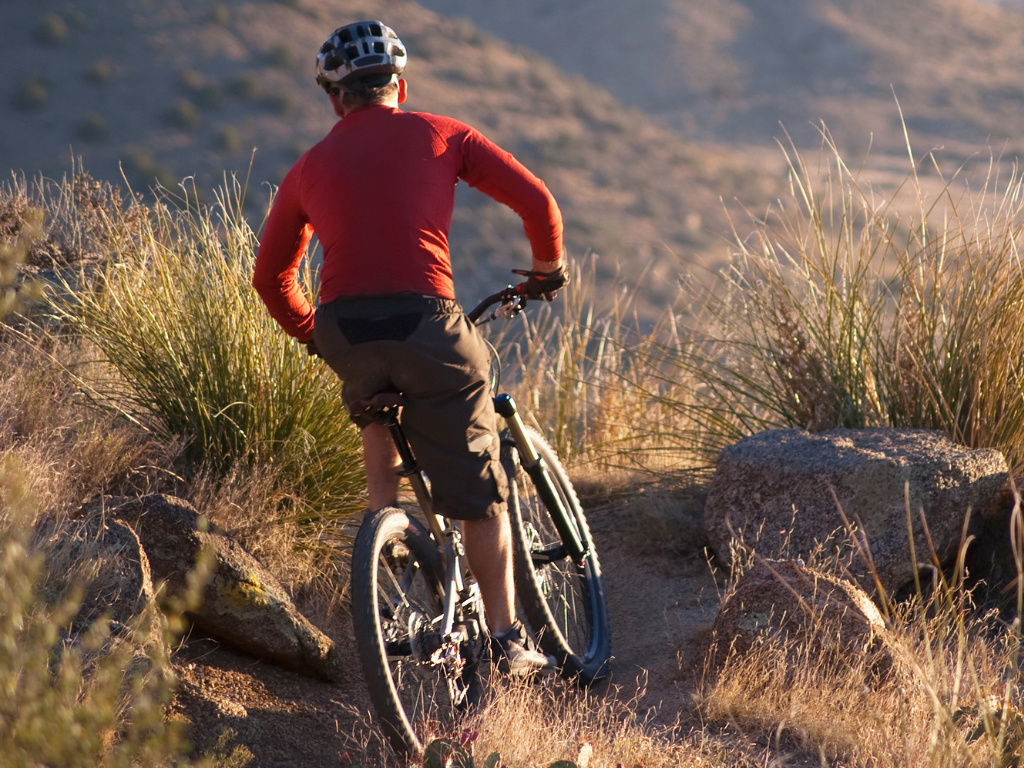
How To Plan Healthy Eating and Hydration for Hiking and Bikepacking
Food is fuel when you’re on the trail and there’s no reason it can’t be a delicious, welcome reward for doing the kilometres. It does take some careful forethought, however, and planning to make sure you get the nutrition and hydration you need for a successful adventure.
This article will help you plan what food and water you need to stay healthy and energetic on your next adventure on foot or by bike.
1. Food
How much food do you need to bring with you?
The answer to that depends on the difficulty of the trail, your size and weight, and the duration of your trip. A good rule of thumb is approximately 2,500 to 4,500 calories per person per day. Obviously if you’re doing 15 km of strenuous mountain hiking with a 1500 elevation gain, you’ll burn way more calories than if you’re just cruising along on a flat trail or road.
In any case take a little more food than you think you’ll need. Experience will teach you what amount of food works for you.
What kind of food is best?
Ready-to-eat nutritionally balanced dehydrated meals that only require adding hot water are a great and extremely popular option – especially now that they taste so good! They’re really light and don’t take up much space in your pack or panniers.
Outside Sports have one of New Zealand’s biggest and best ranges of delicious dehydrated meals from Back Country Cuisine, Radix, and The Outdoor Gourmet Company. We’re sure to have some of your favourites on the menu for breakfast, lunch and dinner. What’s more there’s so much variety in dehydrated food these days – including yummy deserts - you’ll never get bored with your food.
If you don’t mind a little extra weight you might also be wise to pack some fresh foods to complement the dehydrated meaks. Nuts and seeds, and hard cheeses like parmesan or gouda. Carrots, broccoli, bell peppers, onion, kale, apples and oranges can all handle a few days in your pack. Spices are handy for adding a bit more flavour - salt, pepper, crushed red pepper, cumin, and garlic.
For enhanced drinking take electrolytes to add to water, tea, chai, hot chocolate, chicken or beef broth, ginger tea and miso soup.
And take some treats you love that you can enjoy as a reward at the end of a long day. We also advise bringing along some recovery nutrition to help your muscles bounce back.
Plan your menu
As we said above it’s essential to put a little time into meal planning before you head off to make sure you have variety in your meals and that you take enough food to sustain you. Remember a really important part of meal planning is understanding your calorific needs on each day of the trip. On big hard days, plan to eat more! Your meal plan should include breakfast, lunch and dinner, plus snacks to keep you going between the main meals.
2. Water
Your Water Plan
You should also know exactly where you’ll be able to get water along your route. That’s critically important if you’re venturing into the back country. There are hiking and biking trails in New Zealand – especially in the South Island where you might have to hike for two or three days without a ready source of water. That means you’ll need to bring it with you.
Water Requirements
The rule of thumb is that you should aim to drink one litre of water for every two hours of hiking.
Start by working out the distance of your intended route, plus how long expect to take to complete it. Some shorter hikes may lack distance but because of their steepness, the ruggedness of the terrain, and their elevation, they might take more time than longer hikes on more moderate trails or at lower altitudes – and require more water intake.
Naismith’s Rule advises allowing one hour for every five kilometres of hiking plus an additional hour for every 600m of ascent. So a 15km hike with 900 meters of height gain would take in the region of 4.5 hours – or more if you’re with a slow person. In which case you’ll need to compensate for more time on the trail by carrying more water.
The other variables!
Temperature
The most crucial variable in determining just how much water you’ll need to carry/drink is temperature. In cool conditions one litre per two hours of trail time will be OK for most people. In the heat of summer you should add another half-litre per hour to replenish lost fluids due to heavier sweating
Terrain
Differing types of terrain take different tolls on the body. Rough and unstable conditions underfoot rugged terrain, and steep hills are thirsty work.
Level of exertion
Obviously terrain has a very big impact on how hard you have to work, but the weight of your pack and altitude have an impact too. If you’re carrying a heavy load or above the 2,500m mark, carry an extra few hundred ml of water per hour of hiking.
Personal metabolism and absorption rates
The number above are just a guide. You might need more water to stay healthy on the trail. Test yourself on small hikes or rides to see what your individual hydration needs are, and adjust the amount of water you carry accordingly.
At Outside Sports we have everything you need to eat and drink healthily when you're out adventuring on the trail. For advice and the best gear come in and see us at our awesome stores in Queenstown, Wanaka, Te Anau and Tekapo or shop online.




